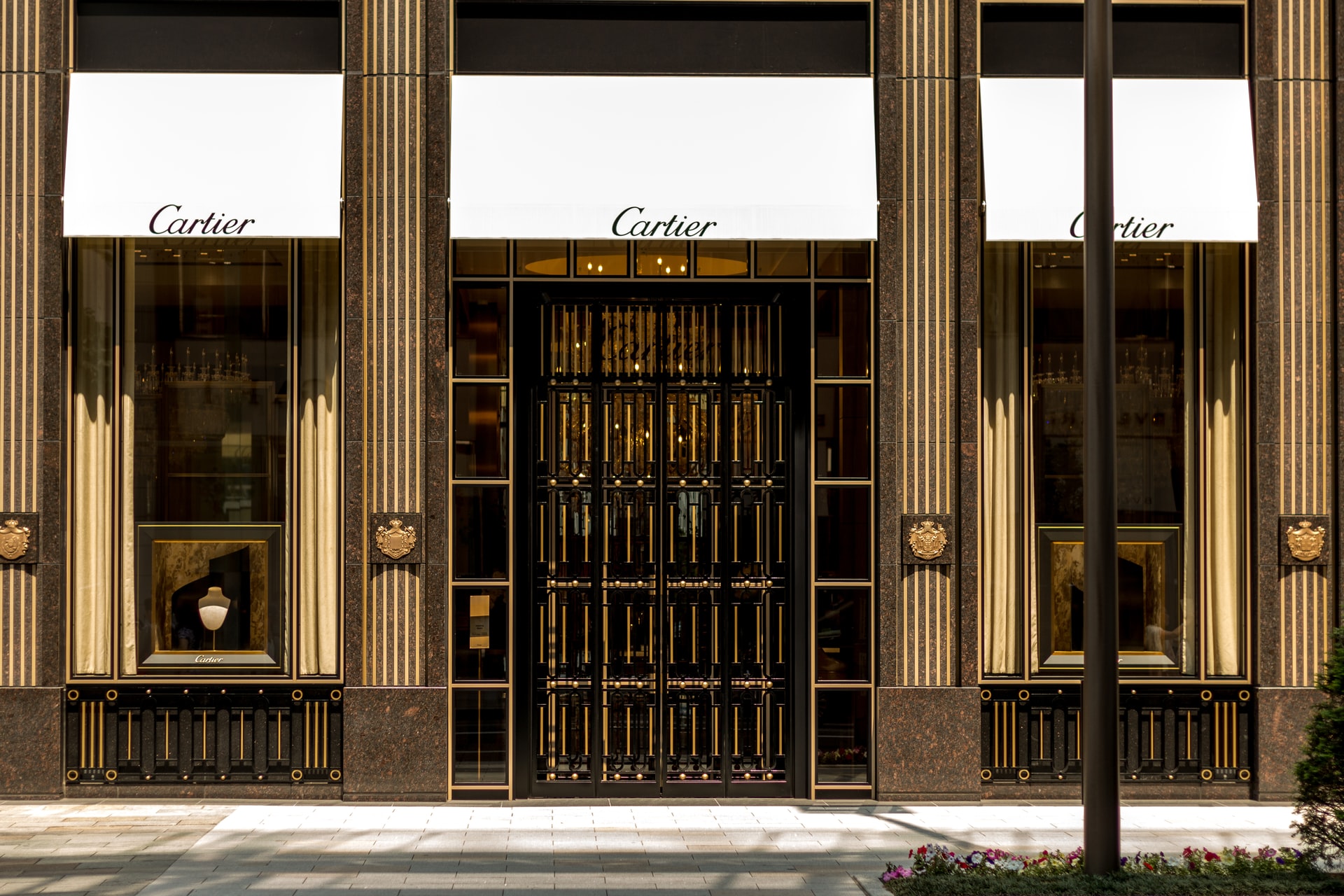Are your giant diamonds dancing, or glistening in the light? This is how you steal the show. Jewelry is mainly used to help make the wearer stand out from the crowd, but is bigger necessarily better? Also, depending on your social circles 5, 10, 15, or even 20 carats (total) may not be enough. This answer could also vary depending on the purpose of the jewelry – Is this an engagement ring, or jewelry for “casual wear”? (Beverly Hills casual that is). Let us discuss what makes a piece of jewelry better than average, or “snobby” we should say.
Things to consider
First, you must know what constitutes a head-turner. The “Four Cs” of gem grading stands for color, clarity, cut, and carat. We want an A+ grade in each of these categories, and they all affect the overall price of the gem. Since we’re discussing diamonds in particular, I’ll just name the high-grade characteristics for this, but you should note that it differs across each and every gem. For the record, I am using the grading system established by the Gemological Institute of America (GIA)…

This bracelet contains 765 (Round) brilliant-cut diamonds totaling 13.20 carats.
Diamond Color
Subtle variations of color exist in diamonds. Most people may not be able to tell the difference, but if you have a high regard for luxury (like we do) then the difference is undeniably apparent. Color grades range from D (colorless) to Z (light yellow or brown). D color is the highest grade money can buy. You want to aim for the pure, “iced-out” look.

D represents the highest-color grade (colorless). They are also very rare to find, so the price tag is dear!
Diamond Clarity
The clarity mainly refers to the imperfections on the surface of the diamond. This would really only be noticeable using a magnifying glass, or if someone gets really close to observe your snobby jewelry. The grading scale for clarity is divided into 6 measurement categories and 11 diamond clarity grades. Let’s start with the best first because I won’t spend much time on the mediocre. Flawless (FL), Internally Flawless (IF), and VVS1, VVS2 Very, Very Slightly Included (VVS) are the best 3, respectively. Flawless diamonds are extremely rare; they are absolutely perfect with no internal or external characteristics. If you manage to get your snobby hands on one then treasure it for a lifetime, but for now, let’s aim to cop a VVS or an internally flawless diamond. These diamonds have very minuscule surface blemishes which are still considered very rare.

Diamond Cut
The most popular gem cuts are round, baguette, marquis, princess, oval, emerald, and cushion. There are a variety of other fancy cut diamonds, but let’s find out which one is the fanciest. Cut is important because it affects the light performance of your jewelry. I did some comparative analyst between price and cut and I found round-cut diamonds (also known as round brilliant) are the most expensive. This is not only because they are the most commonly bought, but because they also require the most precision work in order to be made. The way in which light interacts with the facets of this particular diamond will make onlookers blind from “dancing” jewelry.

So, How many carats?
Let’s see… The average diamond engagement ring is around 2 carats, so let’s start there; nothing less than average, right? If it has a high-grade in all the other Cs of gem grading, then it would be considered high-end jewelry. If you have an upper-echelon group of friends, then it may be a little too small for an engagement ring. You’ll want something jaw-dropping; at least 5-carats and a high grade in all the other Cs, bought from a prominent jeweler, will surely be snobby enough for anywhere you go.
